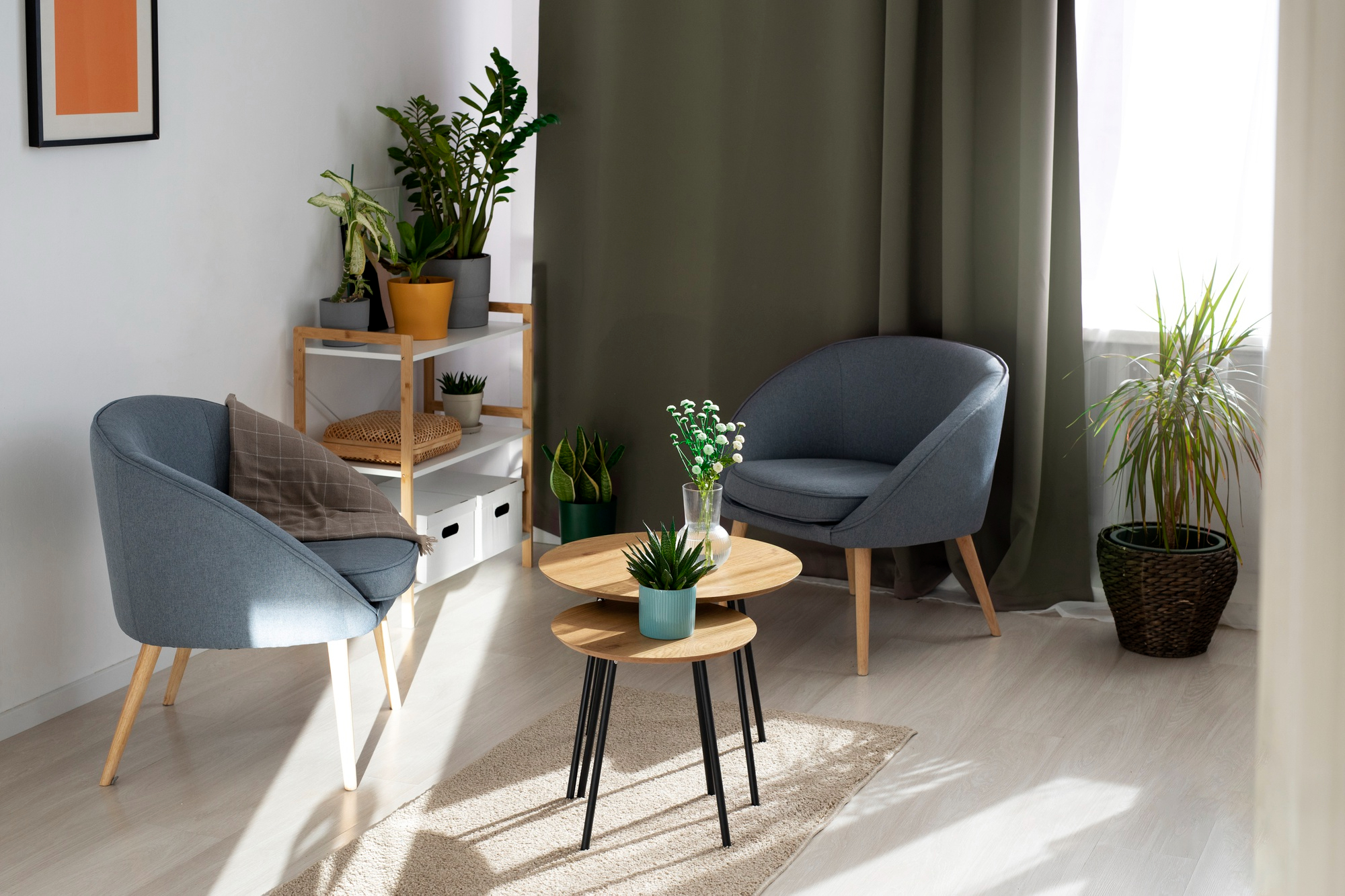Table of Contents
Tags
What do you think?
In the age of digital-first design, 3D photorealistic rendering for architecture design has transformed how architects, interior designers, and homeowners visualize spaces before construction begins. At Spy Studio, we believe that seeing is not just believing it’s decision-making, cost-saving, and design-approving.
But before diving into the final visual masterpiece, there’s a key decision to make:
Should you begin with conceptual renders or go straight to photorealistic visualization?
Let’s explore the differences and when to use each.
A conceptual render is a rough 3D sketch that communicates the core idea and layout of a design. It doesn’t focus on fine materials or realistic lighting but instead highlights spatial planning, flow, and functional design.
Early-stage presentations
Mood and theme exploration
Concept pitches and revisions
Quick to produce and modify
Great for internal feedback
Lower cost during the ideation phase
Lacks realism
Doesn’t reflect final materials or finishes
3D photorealistic rendering for architecture design is a highly detailed and realistic digital representation of a building or interior. It simulates natural lighting, textures, shadows, and materials making it indistinguishable from a real photograph.
At Spy Studio, our expert visualizers use advanced rendering software to deliver immersive, accurate visualizations that elevate your architectural vision.
Client approvals and presentations
Final design confirmations
Marketing, brochures, and real estate listings
Shows exactly how the space will look
Builds trust with stakeholders
Ideal for luxury residential or commercial projects
Helps avoid costly on-site changes
Requires finalized design input
Higher production time and cost
The answer depends on your design stage and project goal.
Just starting with ideas: Conceptual Render
Mid-way with rough layouts: Conceptual with visual polish
Design finalized: Photorealistic Render
For sales/advertising: Photorealistic Render
At Spy Studio, we often start with conceptual renders to align on vision, and then move to photorealistic 3D renders once the core design is approved.

If you’re an architect or designer, photorealistic renders are more than visuals they’re tools that:
Win client confidence
Secure project approvals faster
Highlight design accuracy
Increase pre-construction sales or leasing interest
In a competitive architectural market, presentation is power.
Whether you’re designing a luxury villa, a commercial complex, or a high-rise building, the right visualization makes all the difference. With 3D photorealistic rendering for architecture design, you get clarity, precision, and visual impact.
Looking to impress clients or streamline your design approvals?
Spy Studio delivers high-quality, detail-rich 3D rendering solutions tailored to your project’s needs.
Whether you need a bold logo, stunning graphics, or a high-converting marketing strategy Spy Studio is your creative partner.
What do you think?
Strive to design environments with clarity in mind: Clear instructions, a logical layout, and control over the pace of interactions can all contribute to a more manageable cognitive load.
As designers and developers venture into these new domains, carrying the principles of accessibility forward should be about more than just compliance with guidelines, but rather championing a spirit of inclusivity.